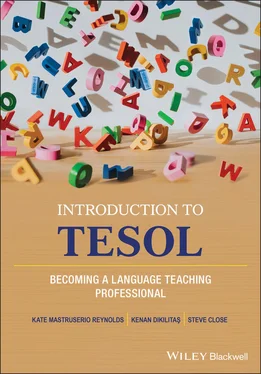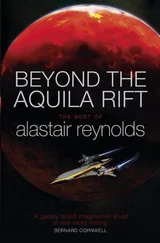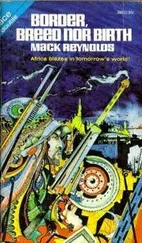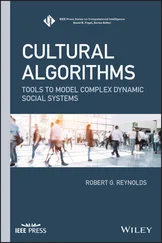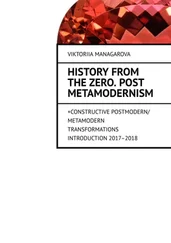At Citrus Park Elementary in Tampa, Florida, United States, a third-grade mixed class of native English speakers and English language learners (ELLs) listen to directions about their science experiment on erosion. First, they should discuss their prediction with their partner of what they think will happen when they drip the water into each tin. Both tins have a small incline. One tin has only loose soil at the top of the tin; the other has roots attached to the tin with the same amount of loose soil on top. Students are instructed to write down the prediction for the team after they discuss it. Next, they begin the experiment by dripping water using an eyedropper from a small beaker into two baking tins. The classroom fills with chatter as students give suggestions about where and how to drop the water. Some exclamations can be heard as the loose soil side creates an avalanche of loose soil in the bottom of the tin with only one dropper full of water. The students write down their observations on a graphic organizer. Next, they move to the roots and soil tin and begin dripping their water. They note in their graphic organizer that only a little of the soil erodes through the roots. The teacher circulates and reminds them to reread their predictions and check to see if they predicted correctly. They write in their graphic organizer whether their prediction was correct. They reflect on the experiment and discuss why they think the water eroded faster without roots. The teacher asks students to take their pans to the sink area, where they place the soil and roots in different buckets and the emptied trays in the sink. Once they are seated, the teacher asks the students what they predicted, observed, and what resulted. They discuss the reasons for the differences and connect this experiment to the erosion of a mountain.
In Melbourne Adult Migrant English Program (AMEP) in Melbourne, Australia, 12 adults ranging from 23 to 51 enter their English language class after leaving their children at the associated childcare center nearby. They are present to learn basic English language skills for participating in their jobs and conducting personal business in the community. Most of the students speak Mandarin or Arabic, but some are native speakers of Urdu or Vietnamese. One characteristic they all have in common is they are recent immigrants to Australia. Some of them arrived due to humanitarian reasons (e.g., political unrest, famine, or war); others for economic opportunities. They are greeted warmly by name by a teacher and three tutors and take their individual folder from the cabinet. Tutors sit down close by individuals or pairs and begin working with them. Each individual or small group is working on a different topic and level. In one pair, a tutor is presenting new vocabulary of items in a grocery store. The two older women say the vocabulary word aloud after the teacher. In a small group, the tutor is helping the students in a guided reading on conducting a job search. One student sits at a computer and takes an exam on business English terminology. The last group work with the teacher who is helping them with the academic reading skill of making inferences. Their class will last roughly 2 hr this evening, so they can pick up their children and return home at a reasonable hour.
All of these examples represent some of the variations of English teaching contexts and instruction. In each of these contexts, the learner population will be different. We will next talk about the acronyms used in the field and how they describe populations of learners; however, while we start here, we would like you to imagine the students in these different locales and keep the learners and learning at the forefront of your mind while reading.
The World of TESOL Through Acronyms
TESOL, in the simplest definition of the term, is teaching English to people who do not speak English as a first language. In this sense, the term TESOL is an umbrella term for many other related concepts. These related concepts are typically represented in acronyms.
Individuals encountering the field of TESOL are often struck by the number of acronyms associated with our community. These acronyms, while plentiful and a bit overwhelming, provide insiders with shortcuts to arrive at understandings quickly and demonstrate who is knowledgeable about the field and who is current in their understandings
While some of the acronyms indicate the population who is studying and what their studies emphasize, others provide key information about context. The initial acronyms encountered are distinctions between the study of language (e.g., ESL, ELL, EFL, ELT, and EIL) (see Table 1.1) and the study of teaching language (e.g., TESL, TEFL, and TESOL) (see Table 1.2). Acronyms for the study of language start with E for English, whereas those for teaching the language begin with T for teaching. The distinction they demonstrate is the study of the language is for individuals who wish to learn or improve their English language skills, while the study of teaching the language is for individuals who desire to teach others the language.
Table 1.1 Common acronyms to describe the study of English language
| Acronym |
Meaning |
Context |
| ESL |
English as a second language |
Study of English in contexts where the language used outside of the classroom is English |
| ESOL |
English to speakers of other languages |
Study of English in contexts where the language used outside of the classroom is English |
| EFL |
English as a foreign language |
Study of English in contexts where the language used outside of the classroom is not English. Often the language employed outside of the classroom is the students’ primary language |
| EIL |
English as an international language |
Study of English as it is used internationally. It may imply use among individuals who may not be native speakers or bound to traditional native speaker norms |
| ELL |
English language learning |
This term does not imply context, but has been adopted frequently in the United States |
Table 1.2 Acronyms for the study of how to teach ESL/EFL/EIL/ELL
| Acronym |
Meaning |
Context |
| TESL |
Teaching English as a second language |
Teaching English to students in second language contexts (i.e., where the language used outside of the classroom is English) |
| TESOL |
Teaching or teachers of English to speakers of other languages |
Teaching English to students in second language contexts (i.e., where the language used outside of the classroom is English) |
| TEFL |
Teaching English as a foreign language |
Teaching English to students in foreign language contexts (i.e., where the language used outside of the classroom is not English). Often the language employed outside of the classroom is the students’ primary language |
| ELT |
English language teaching |
Teaching English internationally. This term does not imply context |
The teachers may be former students of English language who have mastered a degree of proficiency in the language, or individuals who were born in bilingual or multilingual settings and had the advantage of learning two or more languages from birth, or native monolingual English speakers. All these pathways to the teaching of English are valued in TESOL and provide their future language students with insights they have gleaned from their pathway into the field. For example, the native speaking teacher may have a native accent, but nonnative speakers often have grammatical and linguistic insights from their studies native speakers do not possess.
Читать дальше
